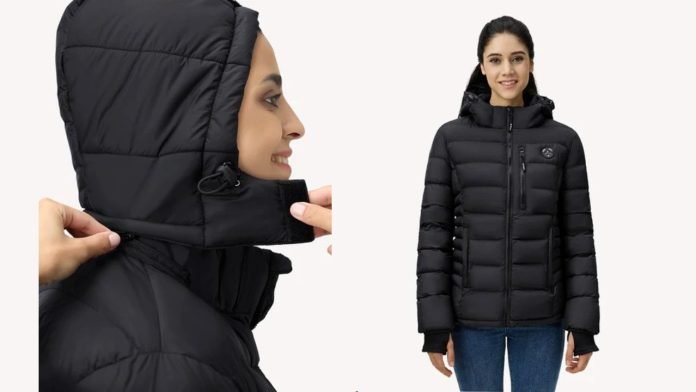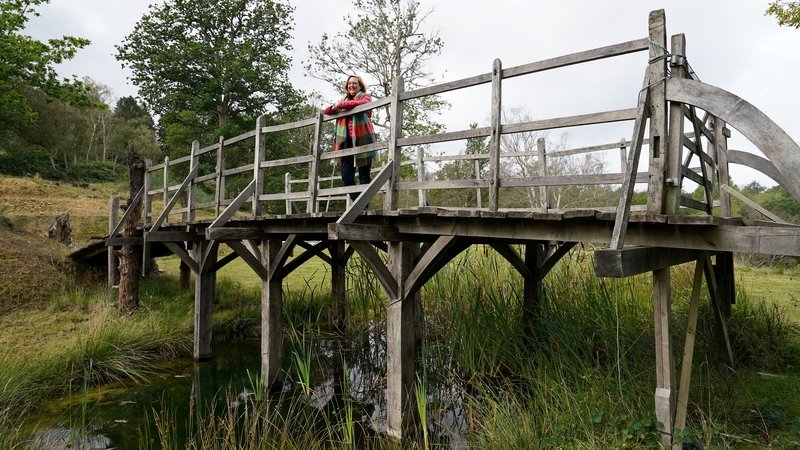In the realm of sustainable winter wear, the evolution of the women’s heated jacket with hood transcends its primary function of providing warmth. This innovative winter gear not only embraces eco-materials like recycled polyester, nylon, and reclaimed fibers but also pioneers energy-efficient technologies. Manufacturers prioritize durability and repairability, ensuring these jackets withstand harsh weather conditions while offering accessible repair solutions. The commitment to sustainability extends to recyclability, allowing the components of the women’s heated jacket with a hood to be efficiently disassembled and repurposed, all in a bid to minimize environmental impact and foster a greener approach in winter attire.
Eco-Materials and Fabric Innovation
Women’s heated jackets have made significant strides in embracing eco-materials, reshaping the landscape of sustainable winter gear. Beyond the incorporation of recycled polyester, nylon, and reclaimed fibers, manufacturers are increasingly exploring organic or plant-based alternatives like hemp or bamboo. These natural fibers offer biodegradability and reduced environmental impact throughout their lifecycle, from production to disposal. Furthermore, innovations in fabric treatments focus on eco-friendly dyes and finishes, minimizing the use of harmful chemicals while maintaining the performance and durability expected from winter wear.
Energy Efficiency and Reduced Footprint
The commitment to sustainability extends deeply into the operational aspects of heated jackets. Manufacturers relentlessly pursue energy efficiency by harnessing cutting-edge technologies. Advanced insulation materials and optimized heating elements are tailored to maximize warmth retention, ensuring that less energy is required to maintain comfortable temperatures. Additionally, the evolution of battery technology has seen the integration of renewable energy sources, such as solar-powered or rechargeable batteries, further reducing the environmental footprint of these jackets’ energy consumption.
Longevity and Durability
Sustainability pivots on the longevity of products, and women’s heated jackets prioritize durability to curtail the cycle of frequent replacements. Engineering advancements and meticulous craftsmanship contribute to superior quality construction, enabling these jackets to withstand harsh weather conditions without compromising functionality. Additionally, innovative protective coatings or treatments enhance water and wind resistance, ensuring these jackets remain effective over multiple seasons. By fostering long-term use and resilience, manufacturers steer consumers away from disposability, fostering a culture of responsible and sustainable consumption in winter wear.
Repairability and Recyclability
A fundamental shift towards sustainability involves not only the creation but also the end-of-life management of products. Manufacturers are actively embracing designs that promote repairability, integrating modular components and accessible repair solutions. From reinforced seams to easily replaceable heating elements, these jackets are crafted with repair in mind, extending their lifespan. Moreover, an emphasis on recyclability is evident in the use of mono-material constructions and standardized components. This design approach ensures that, when the jacket reaches the end of its useful life, it can be efficiently disassembled and recycled, minimizing waste and environmental impact while reclaiming valuable resources for future manufacturing endeavors.
Conclusion
Women’s heated jackets have evolved beyond mere warmth provision; they stand as emblematic symbols of sustainable winter wear. From embracing eco-materials and energy efficiency to emphasizing durability and ethical production, these jackets exemplify the marriage between functionality and eco-consciousness. By adopting and promoting these eco-friendly features, manufacturers and consumers alike contribute to a more sustainable future in winter gear.
This shift towards sustainability in women’s heated jackets not only aligns with eco-conscious trends but also signals a promising direction for environmentally responsible winter wear.















